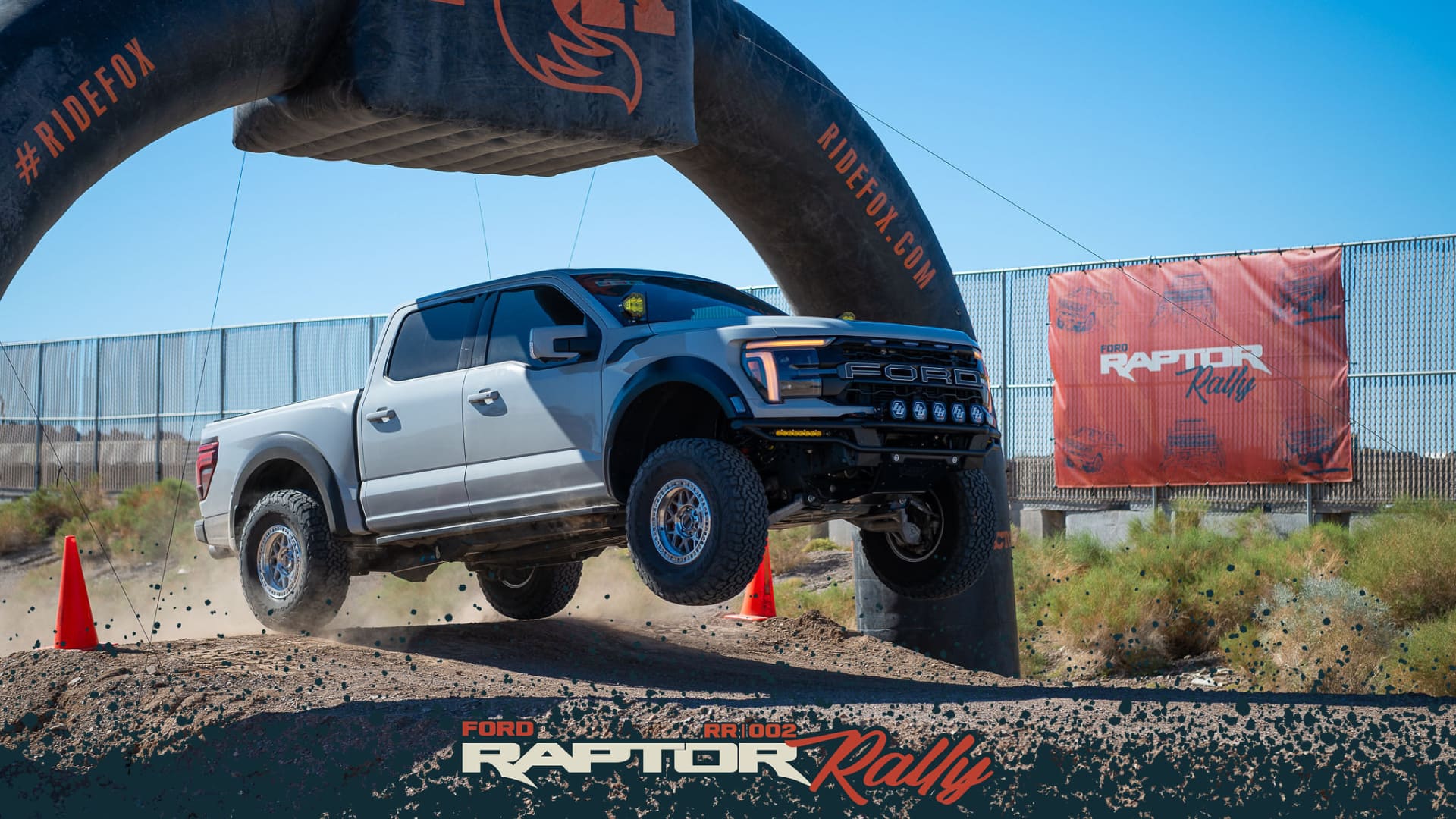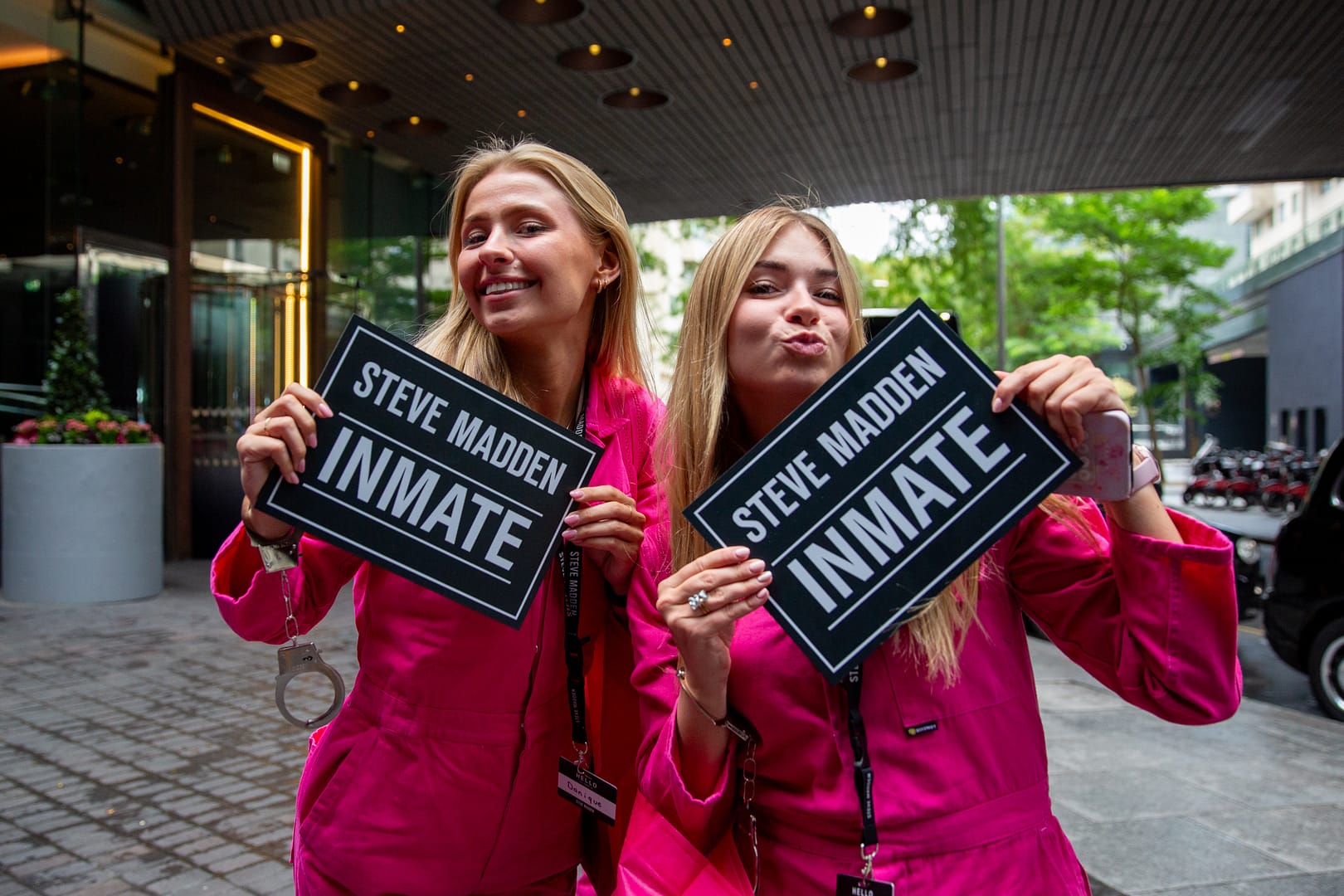
Following the launch of Steve Madden “Beyond Borders”, Helen Bellringer, Associate Creative Director and Jed Maiden, Design Lead from our London studio, took Creativepool behind the scenes in an exclusive interview.
Set in the heart of London, this immersive brand activation blended theatre, gaming, and street culture to capture the rebellious essence of Steve Madden.
What was the brief?
HB: Following a successful inaugural event in Amsterdam in 2023, Steve Madden wanted to take their Beyond Borders event to the next level, in the city where Steve’s first shoes were produced, London.
The brief was to create a concept for an event that would launch their FW24 collection in a way that would grab the attention of press, tell Steve’s story and entertain their guest-list of discerning and particular influencers to drive sales of the collection with retail partners.
How did the initial pitch/brainstorming phase go?
HB: The competitive pitch was driven by strategy and creative working closely together. Combining brand truths with behavioural science, we made the bold decision to tell Steve Madden to lean into their ‘bad boy’ persona to grab attention and turn their guests into advocates by gamifying the experience, making them participants and breaking a few rules along the way.
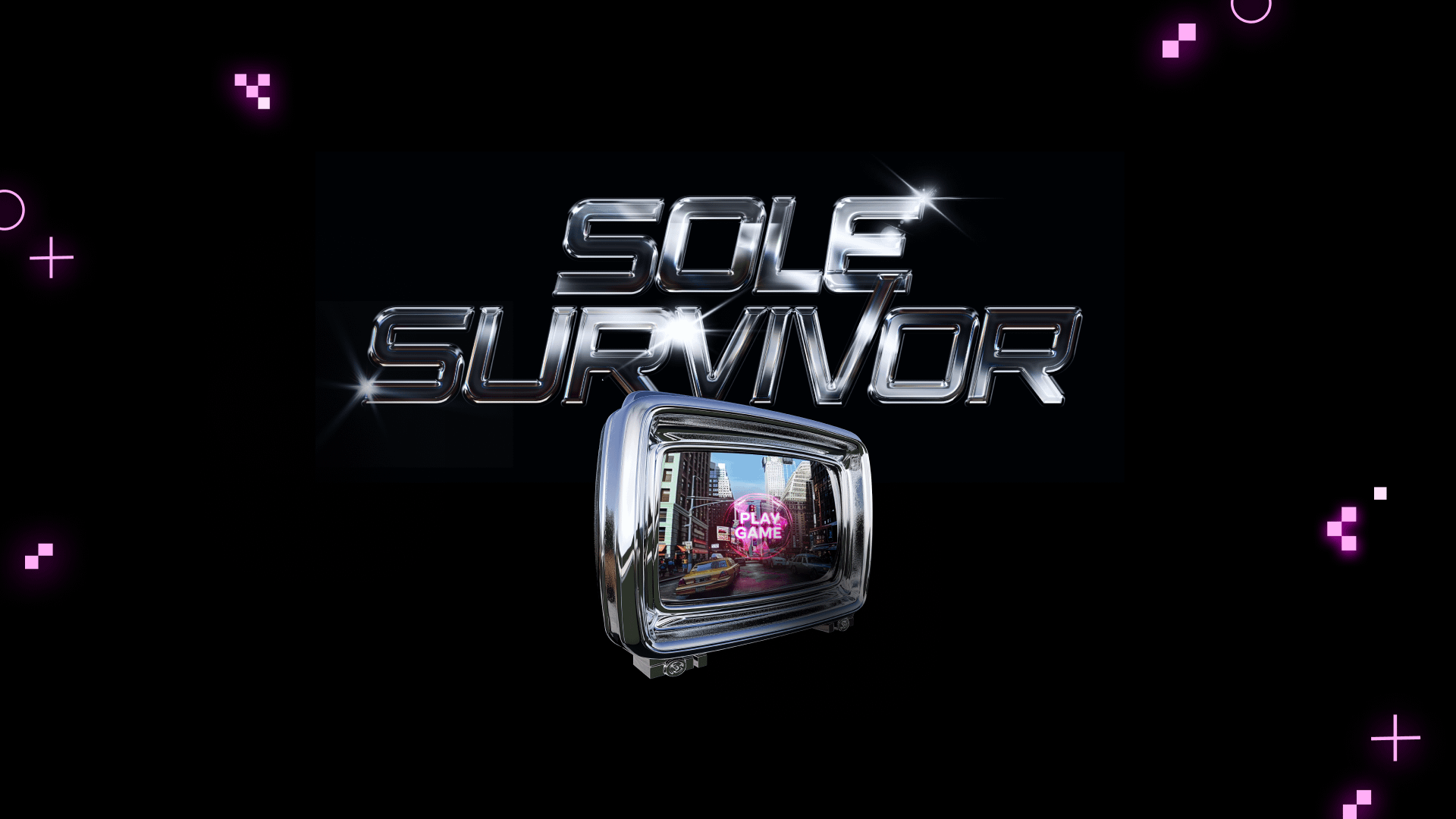

We actually developed three different creative territories but that was one that came out on top for us and the brand.
What was the process behind ideating the concept?
HB: It was the beautiful symbiotic effort between strategy and creativity that helped to birth this weird and wonderful concept into the world.
Alongside strategic insights, we looked into marketing trends within the fashion industry, which helped identify the video game space as one that would resonate with our audience. At first, the idea was a mood-board with a suggested aesthetic, and as we dove deeper into the brand story and started to correlate it with the two-day event, we began to build the experience out as a video game instead of just using the aesthetic.
JM: Our initial response to the brief was to create something theatrical at its heart whilst breaking new ground by interweaving the environmental storytelling with a digital layer. Imagination as a company has its founding roots in theatre and this brief gave us the opportunity to explore new avenues of what a theatrical brand activation could be. The result was a video game you could play in the real world.
What was the production process like?
HB: First we worked with the client to refine the narrative and define the various touchpoints that we would be delivering across the two-day event, how the story would be told through an immersive set design, experience and a digital storytelling layer.
The delivery got broken down into different disciplines, with the tech studio developing a bespoke app that would allow our guests to earn ‘Steve Bucks’ (our in-game currency), the 3D team designing the immersive spaces, the creative production team developing the theatrical performance elements and catwalk show, and the live production team working on guest experience and physical delivery of the 3D design concepts. Truly, the Imagination machine sprang into action with multiple departments working together on delivery.
JM: Making sure our in house physical, creative and digital production departments were brought in early in the process helped establish the limitations and capabilities of our concept’s ambition. At times we opened up the design development process to the wider Imagination team to get more diverse points of view and to test our proof of concept along the way.
What was the biggest challenge during production? How did you overcome it?
HB: When working with a new client, the challenge is always balancing taking risks with building trust. For example, when the client saw the ‘Wow of Wall Street’ venue for the first time, a disused office space in an old WeWork, they had real doubts as to whether we would be able to transform the modern space into the 90s Wall Street office they were imagining.
We knew we had to pull out all the stops and source all the props, authentically from the 90s. Luckily, we worked with an incredible prop buyer who props for PunchDrunk, she found everything we needed from Slimfast Mugs to fake cigarettes, ashtrays and snow globes of NYC Skyline… complete with the Twin Towers.
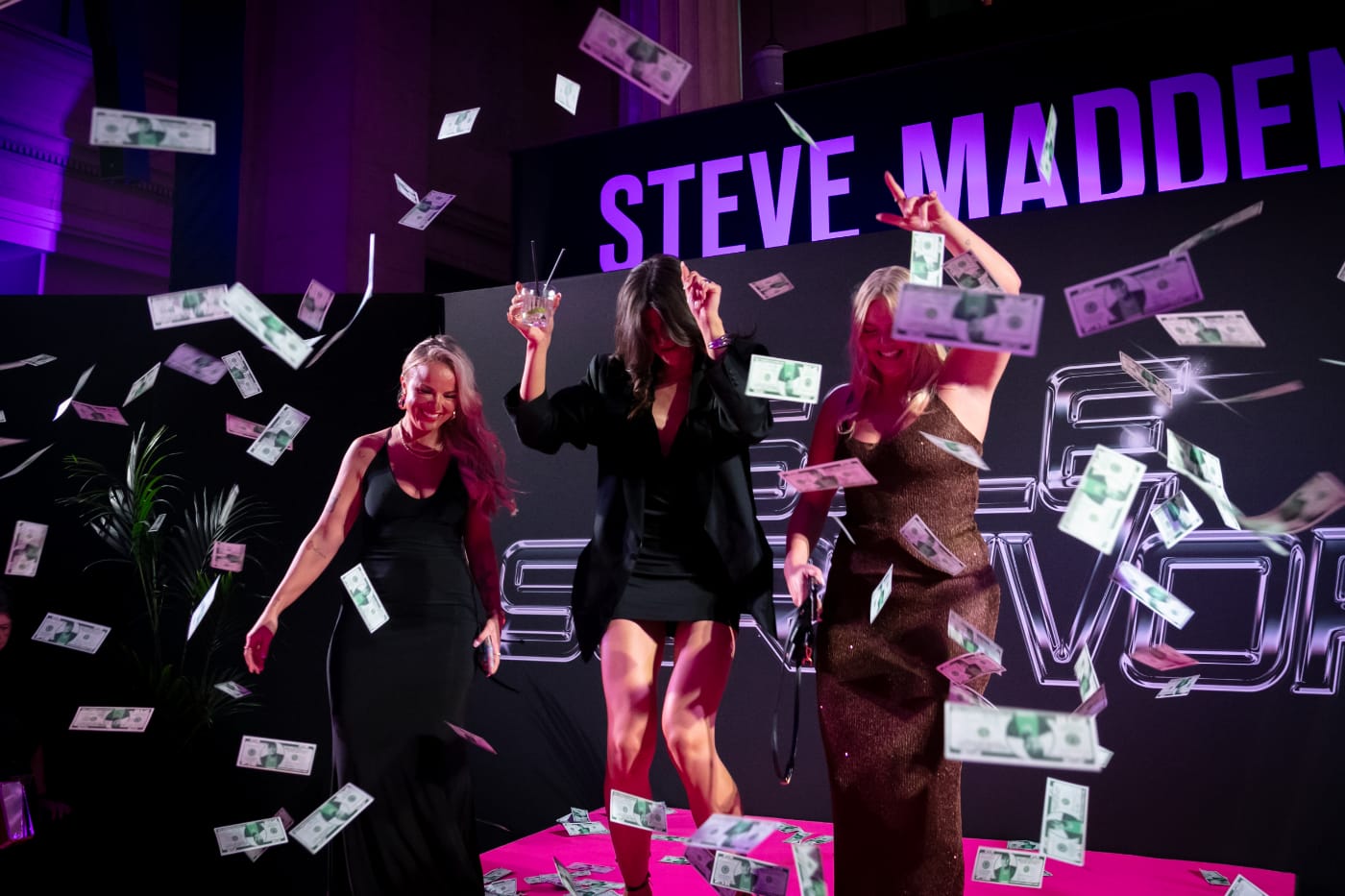

Our steadfast project manager held the client’s hand with a cool head throughout the whole process, handling any wobbles that happened along the way, giving us the ability to keep pushing the creative to the edge it needed to go to.
What kit/tools/software were used to create the project?
JM: For the pitch and final spatial design delivery visualisations, we used a combination of Rhino, Vectorworks and Unreal Engine. To bring the initial concept and guest journey to life, we created a vibrant storyboard suitably inspired by Grand Theft Auto’s cover art, using a combination of Midjourney and Photoshop, a newly tested process here at Imagination.
This ended up being pretty successful, with the clients constantly referring back to our story boards all the way up until delivery. For the digital process and bespoke app creation we utilised Storyblock and React Native software, as well as a fair amount of blood, sweat and tears…
What is one funny or notable thing that happened during production?
HB: The moment that I realised the client was as deep into the concept as we were, was when they were giving us feedback on our ‘employee of the month’ wall for our ‘Wow of Wall Street’ experience. Our designer had a grid of the same photo of Steve Madden wearing different hats, and their only comment was “remove the Santa hat”.
At the end of the ‘Wow of Wall Street’ experience, where guests participated in several immersive mini games (blatantly committing faux crimes), they all get ‘arrested’ and marched away by the NYPD. The venue showed us a service route that would take the influencers out the back, past the bins and into a dingy alleyway, and honestly this was the biggest selling point of the venue for the client.
JM: The most notable thing on this project was probably the dawning realisation that one of our mini games ‘Postnote Palava’ was going to take a very long amount of manual labour.
The concept involved one of our guests having to find a single yellow sticky note with incriminating evidence in a sea of pink sticky notes stuck across the floor, the walls and the furniture.
Despite the super lengthy production process, the final result was an amazing hot pink spectacle.
What’s the main message of this project and why does it matter?
HB: At its core, this project is about Steve Madden showing up in Europe in an authentic yet disruptive way that would genuinely shift brand perception and grab the right (and even wrong) kind of attention to influence consumer behaviour.
What struck me whilst working with the brand, is that they truly know themselves and the customers they sell to. Steve Madden began his career photographing shoes he saw on the sidewalks of NYC and even to this day they make ‘shoes for the sidewalk, not the catwalk’.
They really want to empower people to look and feel their best and to do so, they connect with their consumers on a real human level, which in my opinion takes honesty and humility. A warts and wall approach takes a brave brand to embrace!
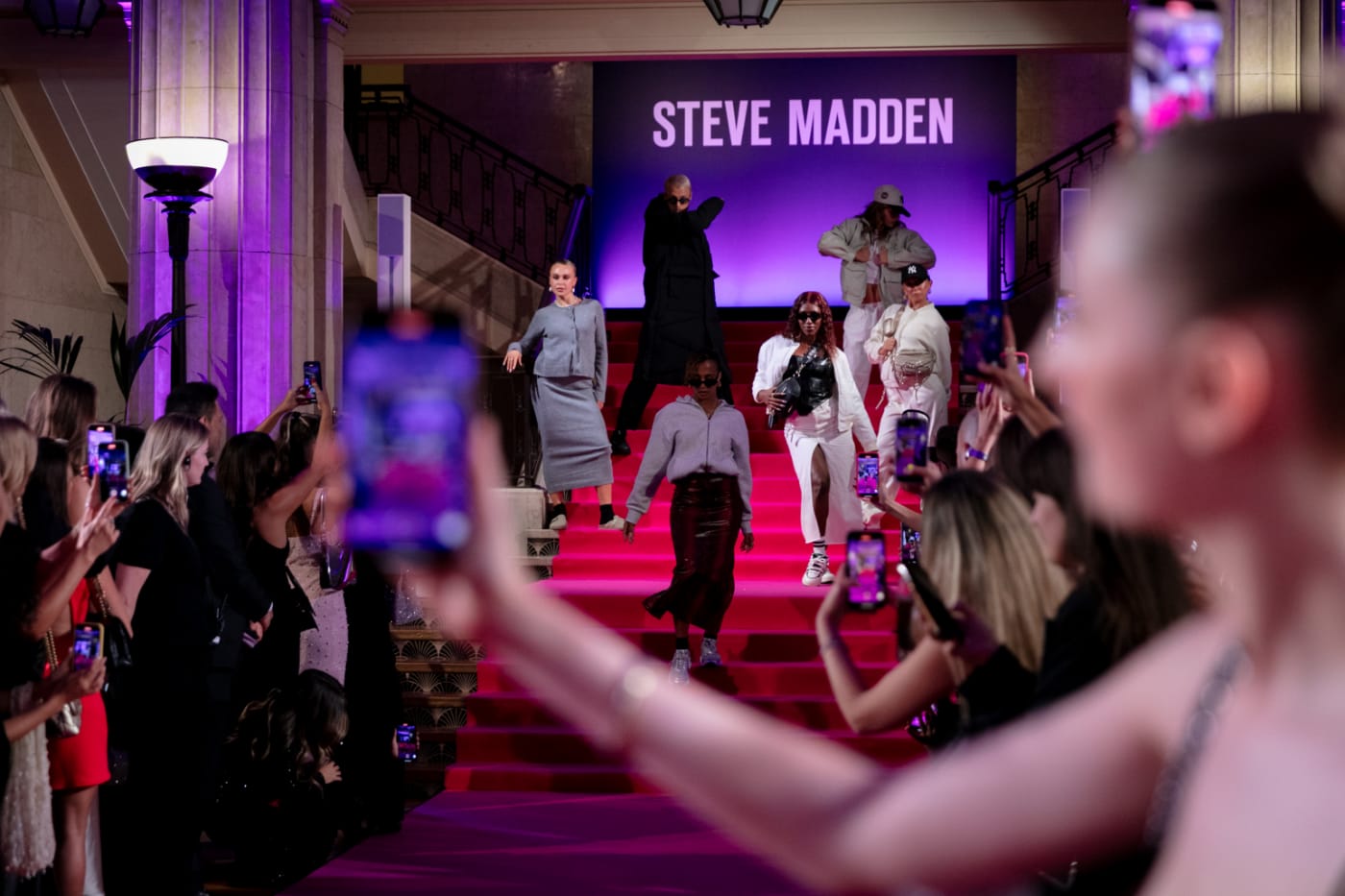

JM: For me, the biggest takeaway from this project was the special combination of a narrative-driven gamified competition mixed with an immersive experience, resulting in a super engaging event.
It’s true that immersive theatre is not for everyone, some might be uncomfortable with the level of interaction, however the competitive layer gave an alternative objective as opposed to just engaging with the narrative. We saw the majority of guests instantly engage with the set, actors and environmental storytelling, eagerly hunting down clues to score their next haul of Steve Bucks.
How long did it take from inception to delivery?
HB: The pitch came in October 2023, we were awarded the project in December, and delivered in September 2024. So 10 months in total.
Can you describe the creative spark or inspiration behind the initial concept? Was there a specific moment or insight that ignited the idea?
HB: The brand wanted to tell its origin story and this was evident in the naming of some of the looks in their collection. ‘New Worker’ referenced Steve’s early career in New York and ‘Wow of Wall Street’ referenced his affiliation with the most famous Wolf, Jordan Belfort.
As part of the briefing pack, was a link to the film ‘Maddman’, the story of Steve’s life where we learned about his time in Jail (after some of the Wall Street dealings proved less than above board) and his bounce-back to billionaire after a 40 month term.
He truly is the story of a video game character, the man with many lives who can re-spawn, re-invent and level up through relentless hustle. The four collections became video game levels and our guests would ‘play his life’.
JM: During my Masters at the Royal College of Art, I studied a lot around technology and the subject of gaming whilst simultaneously working part time as an immersive theatre set designer. After deep diving into the lore of Steve Madden, and ideating around creative territories, it became obvious to me that the merging of the two creative disciplines does the brand justice.
How did you ensure that the concept aligned with the brand’s values, goals, and target audience?
HB: As a brand, Steve Madden thrives on authenticity and transparency. Instead of glossing over his time in jail, we turned it into a super cute moment where influencers wore hot pink jumpsuits to get their mug shots taken.
We leaned into the video game aesthetic that fashion brands like Balenciaga have adopted recently, with our lead 2D designer creating a hyper-digital yet retro Y2K aesthetic we knew would be a hit within the influencer audience. Crafted with the brand’s colours and with real digital scans of shoes, the visual identity created a space unique for the brand but appealing for the audience.
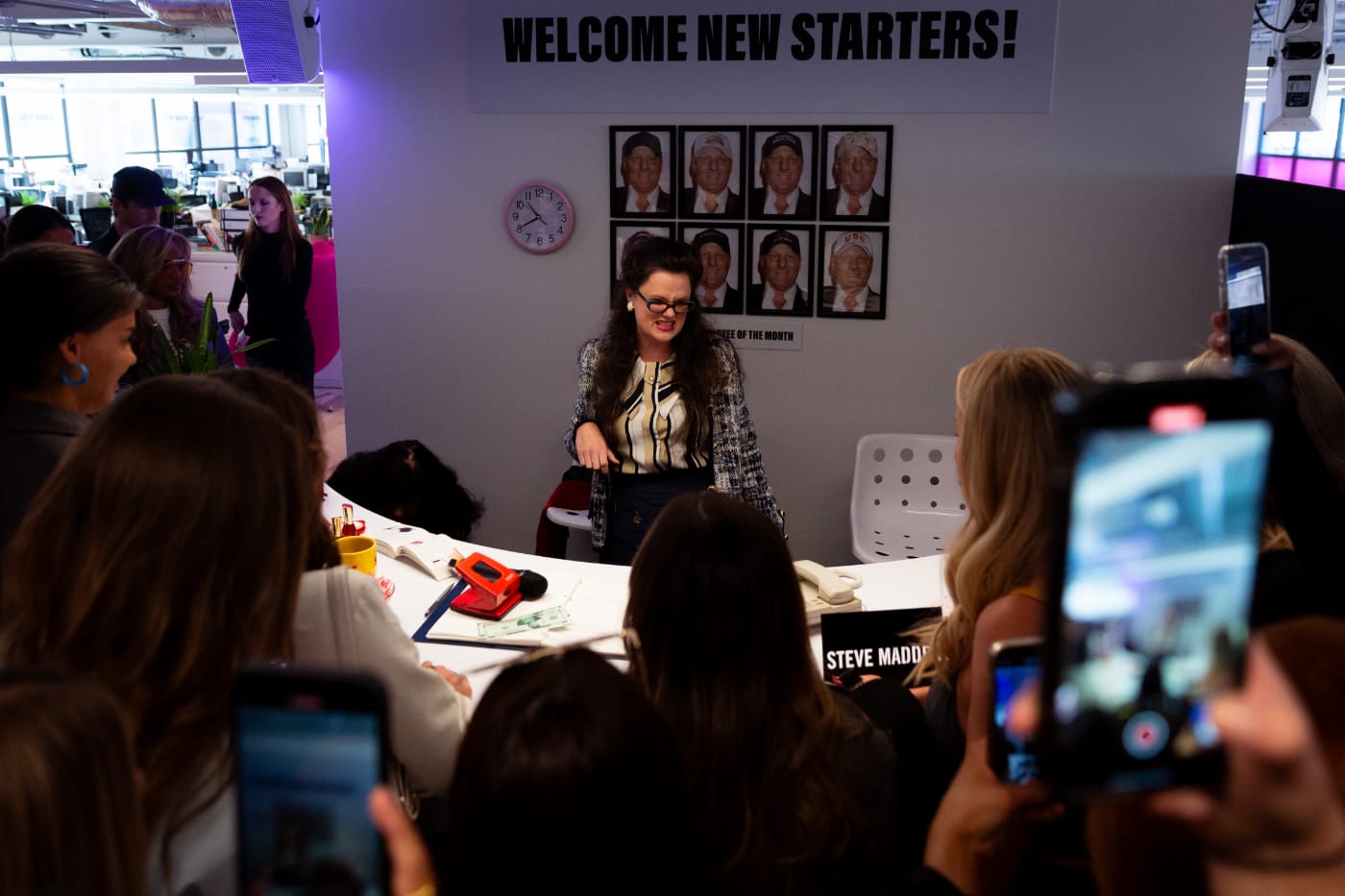

Combined with our copywriter nailing a tone of voice that spoke to the ‘office girlies’ and corporate core culture, we ensured our influencers would connect with the messaging across the event.
Were there any alternative concepts or ideas considered during the ideation phase? If so, what led to the selection of the final concept?
HB: There were two other concepts at the pitch phase, but the brand really loved the narrative world we had built with the video game concept and this became the centre of the two day event.
The video game idea allowed us to drive the event as a competition which increased engagement and participation, with guests earning points for playing games or simply posting to their social feeds.
Can you discuss any collaborative or interdisciplinary aspects of the ideation process, such as working with other departments or external partners?
HB: This event happened because the well oiled Imagination machine sprung into action symbiotically with everyone in the team working together towards the shared vision. We did have to draft in some experts for various elements of the production.
JM: We brought in choreographer, Paul Domaine for the catwalk show, who has worked on choreo for such icons as ‘The Steps’ along with a cast of street dancers as models.
Lydia Reed was our prop dresser and buyer extraordinaire who brought the Wall Street set to life with a mind boggling array of 90’s props.
Ministry of Fun was an events production company that provided the show with an enthusiastic group of immersive theatre group of actors who brought the story to life and kept the guests (and us) very entertained.
Pure Energy supplied our retro TV monitor stacks that played our bespoke Sole Survivor animation alongside fully functioning 90s computers, where guests could draw shoes (or try to!) on Microsoft Paint.
Light Fantastic supplied all things lighting and production for both events.
What role did consumer research or market analysis play in shaping the concept and its execution?
HB: The brand had provided their documentation on their market segmentation, which helped hone our strategic approach, visual direction and tone of voice.
Can you discuss any unique or unconventional production techniques or approaches used to bring the idea to life?
HB: As Jed mentioned, we used a new mix of Midjourney and Photoshop to create stylistic storyboards that would bring the concept and narrative to life. Some of these images genuinely came to life in the real world.
At Imagination, we often talk about projects going from ‘render to reality’, this was straight out of the AI machine fever dream into the real world!
How did you ensure that the concept remained innovative and stood out in a crowded marketplace?
HB: The gaming mechanic we introduced was an innovative concept for an influencer event, and honestly a bit of a gamble. We had to devise different ways to compete, taking into consideration the personalities of some of the influencers who could come across as very…‘unbothered’.
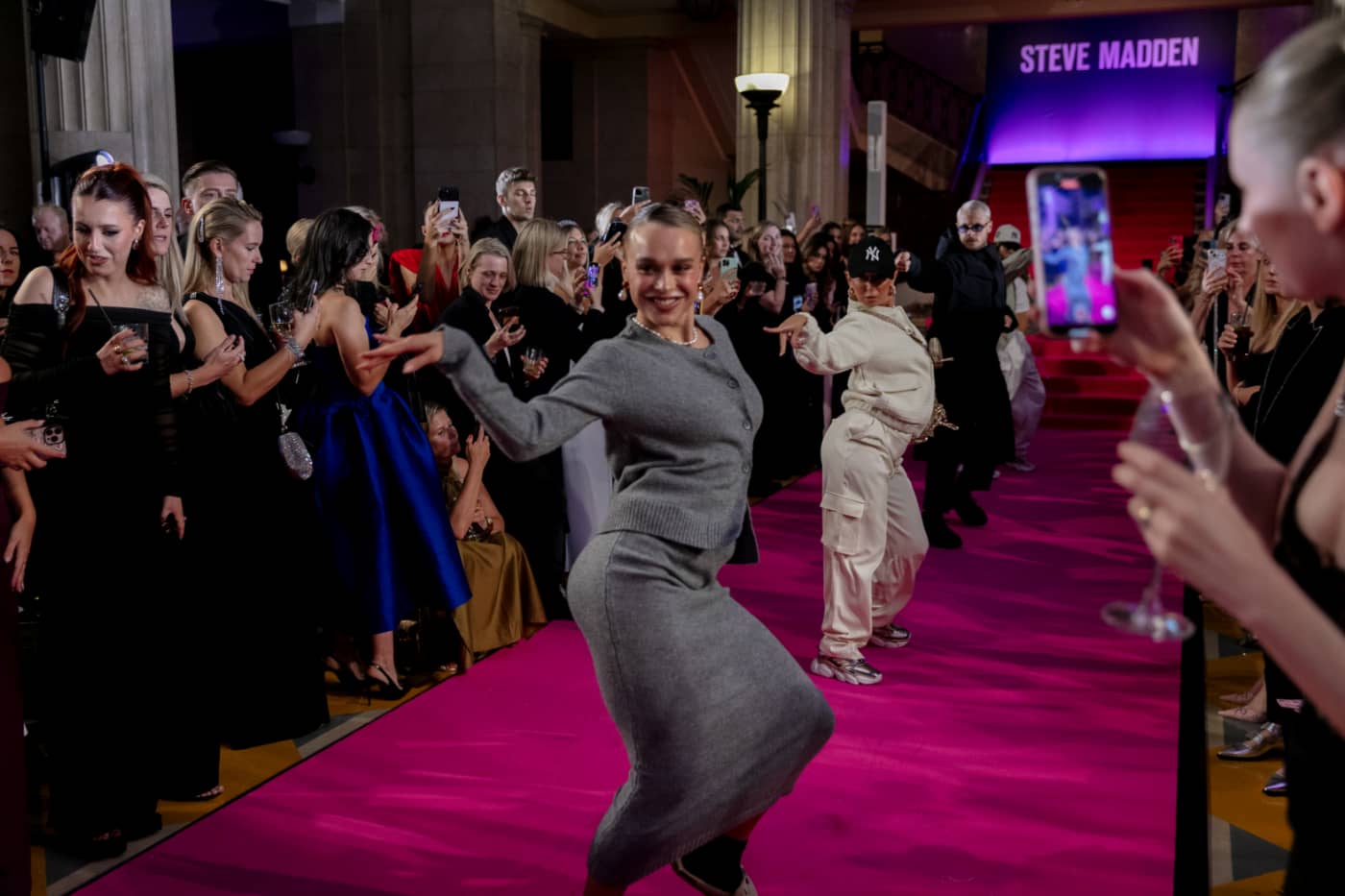

We decided that alongside games and challenges, guests could also earn points for simply posting on socials. With the scenery in each event designed to deliver social media backdrops at every turn, we allowed guests who didn’t want to play the games a way to show up and look good and still earn points. Oh, and the amount of social posts obliterated the brand’s KPIs on the first day!
What do you hope it achieves for the brand?
HB: I believe we have devised something genuinely new in the space of social media influencer marketing and I hope Steve Madden own it as a format for events going forward and continue to entertain and engage with their audiences.
Authentically connecting with their ambassadors is the best way the brand can connect with consumer audiences in challenger markets, and I hope they see increased consumer revenue, as well as the expected retail partner revenue from this event.
If guests are already looking forward to the next one, I think I’ve done my job well!
Credit list for the work?
Creative Direction: Helen Bellringer
Lead 3D Design and Concept Development: Jed Maiden
Art Direction: Diandra Elmira
Copywriter: Ellie Lavender
UX Designer: Harri Nӓrhi
Senior Project Manager: Nichola Moore
Creative Producer: Olivia Saint and Jane Brighton
Logistics: Lexie Grant
Production: Thierry Schlicklin
Producer: Edith Cane
App Development: Max Hatamian
Sounds: Cripian Covell
Business Director: Rob Day
